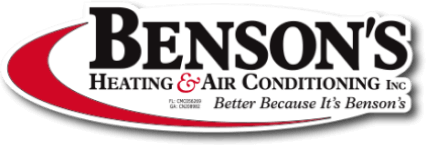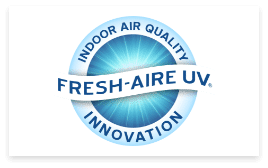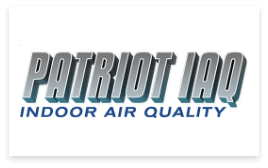
How to Troubleshoot Heating and Cooling Issues Before Scheduling a Service Call
Living in the Tallahassee area, we understand how crucial a well-functioning heating and air conditioning system is, especially during our hot, humid summers. Before reaching out to a HVAC company or technician, there are several steps you can take to identify and possibly resolve some common cooling system issues.
Quick Fixes You Can Try Before Calling a Pro
Many common AC issues can be addressed—or at least identified—before making that service call. Doing a bit of DIY troubleshooting can save you time and money. You may even be able to help the technician diagnose and fix the issue faster if you have a more serious issue and have to call them.
1. Verify Thermostat Settings
Begin with the thermostat:
-
Power Supply: Ensure it’s receiving power. Replace batteries if needed.
-
Mode and Temperature: Confirm it’s set to the correct mode (cooling or heating) and the desired temperature.
-
Placement: Ensure the thermostat isn’t exposed to direct sunlight or drafts, which can cause inaccurate readings.
2. Inspect and Replace Air Filters
A clogged air filter can restrict airflow, making your system work harder and less efficiently.
-
Frequency: Replace filters every 1–3 months, or more often if you have pets or allergies.
-
Inspection: Hold the filter up to light; if you can’t see through it, it’s time for a replacement.
3. Check Circuit Breakers and Power Sources
If your system isn’t turning on:
-
Circuit Breaker: Ensure the HVAC breaker hasn’t tripped. Reset if necessary.
-
Outdoor Unit: Confirm the disconnect switch near the outdoor unit is in the “on” position.
4. Examine the Outdoor Unit
The outdoor condenser unit is vital for cooling:
-
Debris: Clear leaves, dirt, and other debris from around the unit.
-
Coils: Check for ice buildup or dirt on the coils. Clean gently if needed.
-
Noise: Listen for unusual sounds, which could indicate mechanical issues.
5. Assess Airflow from Vents
Inconsistent airflow can signal problems:
-
Blocked Vents: Ensure furniture or curtains aren’t obstructing vents.
-
Ductwork: Inspect for visible damage or disconnections.
6. Monitor for Unusual Noises or Odors
Strange sounds or smells can indicate issues:
-
Noises: Banging or rattling may suggest loose parts; hissing could mean a refrigerant leak.
-
Odors: Musty smells might indicate mold; burning smells could point to electrical problems.
7. Inspect the Drain Line
A clogged condensate drain line can cause water damage:
-
Drainage: Ensure water is draining properly.
-
Cleaning: Use a wet/dry vacuum to clear blockages if necessary.
8. Test System in Different Modes
Switch between heating and cooling modes:
-
Response: Note if the system responds appropriately in each mode.
-
Issues: If problems occur in only one mode, it helps narrow down the cause.
9. Evaluate the Furnace or Heat Pump
For heating issues:
-
Pilot Light: Ensure it’s lit and burning blue.
-
Heat Pump: Check for ice buildup or unusual noises.
When to Call a Professional
If you’ve completed all these troubleshooting steps and the system still isn’t working properly, it’s time to call Benson’s at 850-562-3132 to schedule a repair or contact us online with any quetions.
Be prepared to share what you’ve already checked because this helps your technician diagnose faster and potentially reduce labor time.
If you are experiencing any of these additional issues call for help:
-
The unit makes loud or unusual noises during operation.
-
You detect a burning or gas smell.
-
The system runs continuously or won’t turn on at all.
-
There are signs of leaking refrigerant (like oily residue or hissing).
-
You’ve reset the breaker more than once and it keeps tripping.
By performing these checks, you can often identify and sometimes resolve HVAC issues on your own. Regular maintenance and prompt attention to problems can extend the life of your system and ensure comfort in your Tallahassee home.
Prevent Future Problems with Routine Maintenance
Even if your system seems to be running fine, preventive maintenance is the best way to avoid breakdowns. Schedule seasonal tune-ups and do the following:
-
Replace filters regularly.
-
Keep outdoor units clean.
-
Test thermostat accuracy.
-
Flush the condensate line.
-
Lubricate moving parts if applicable.
Catching small issues early keeps your system efficient and extends its lifespan.





